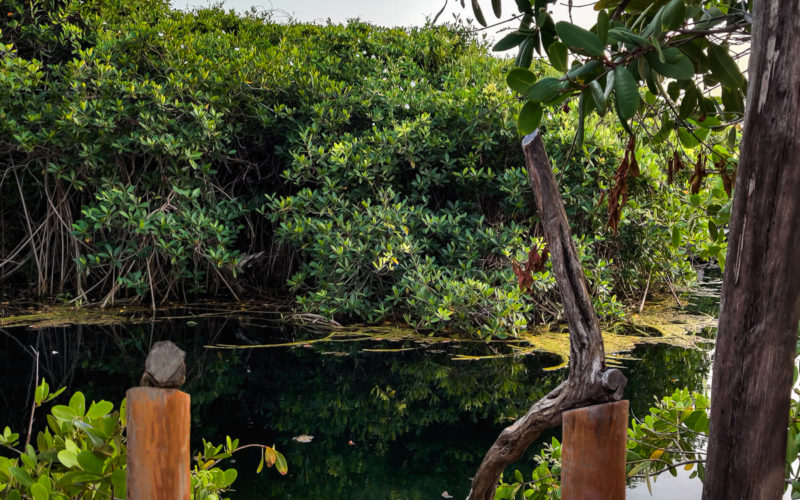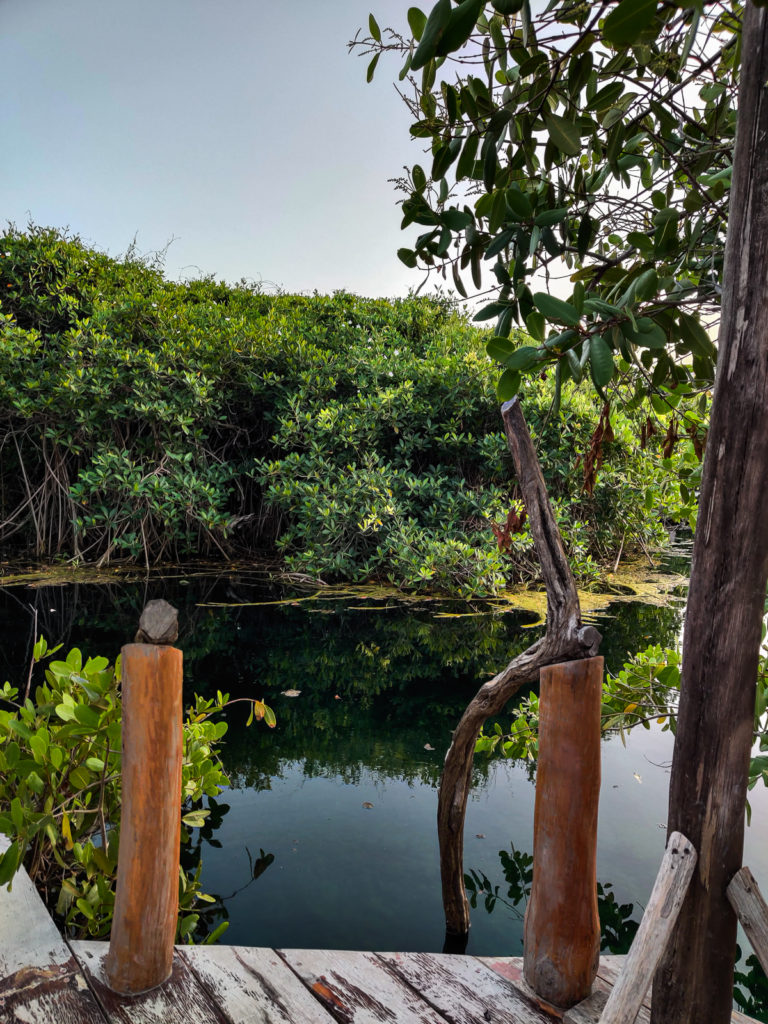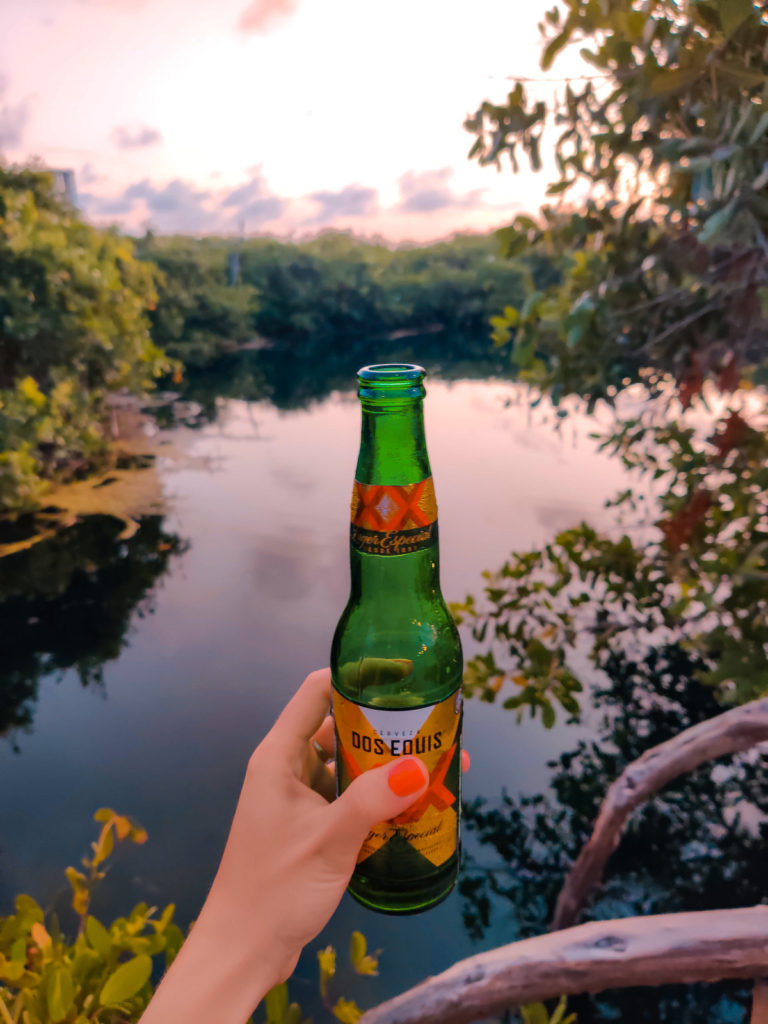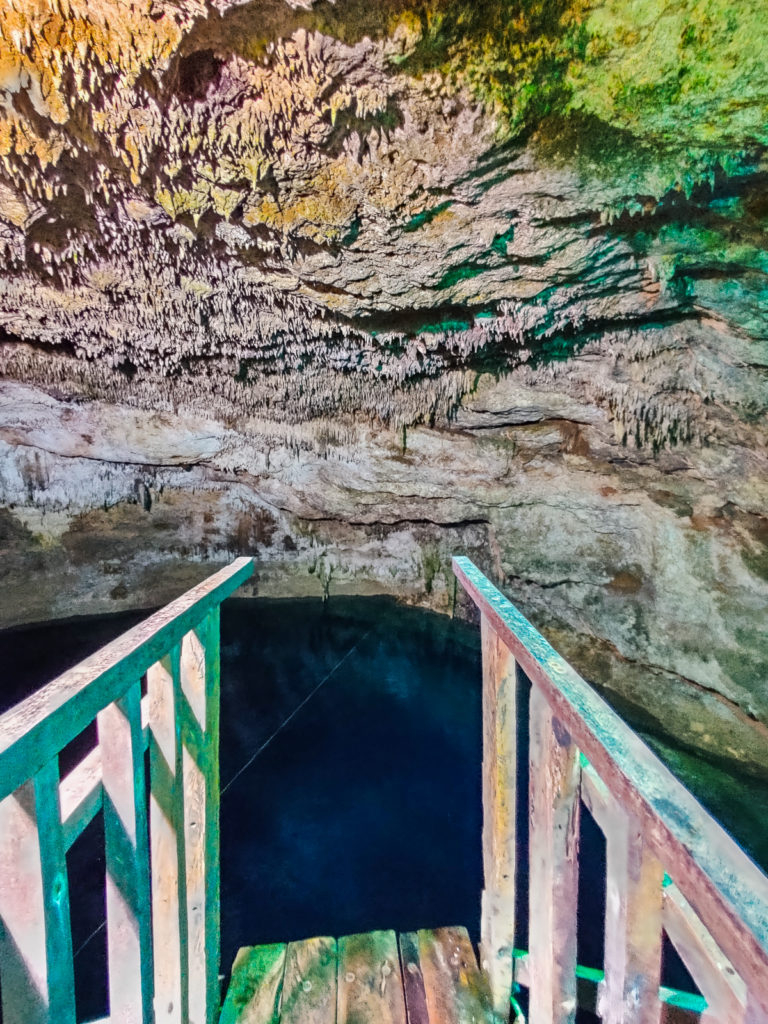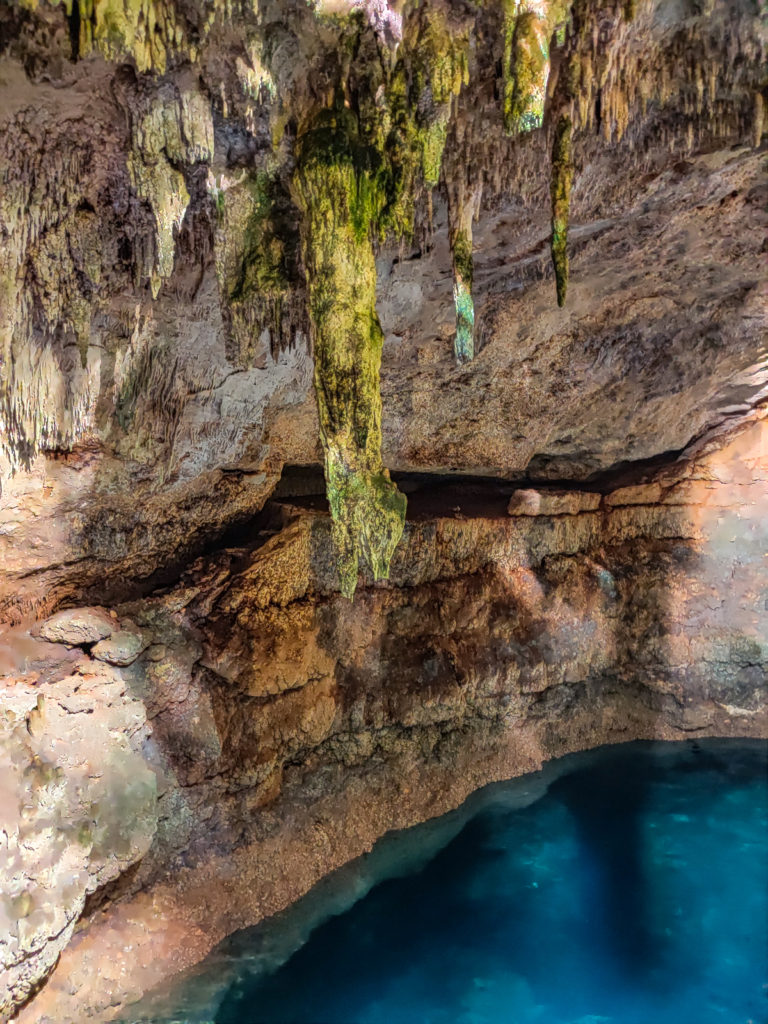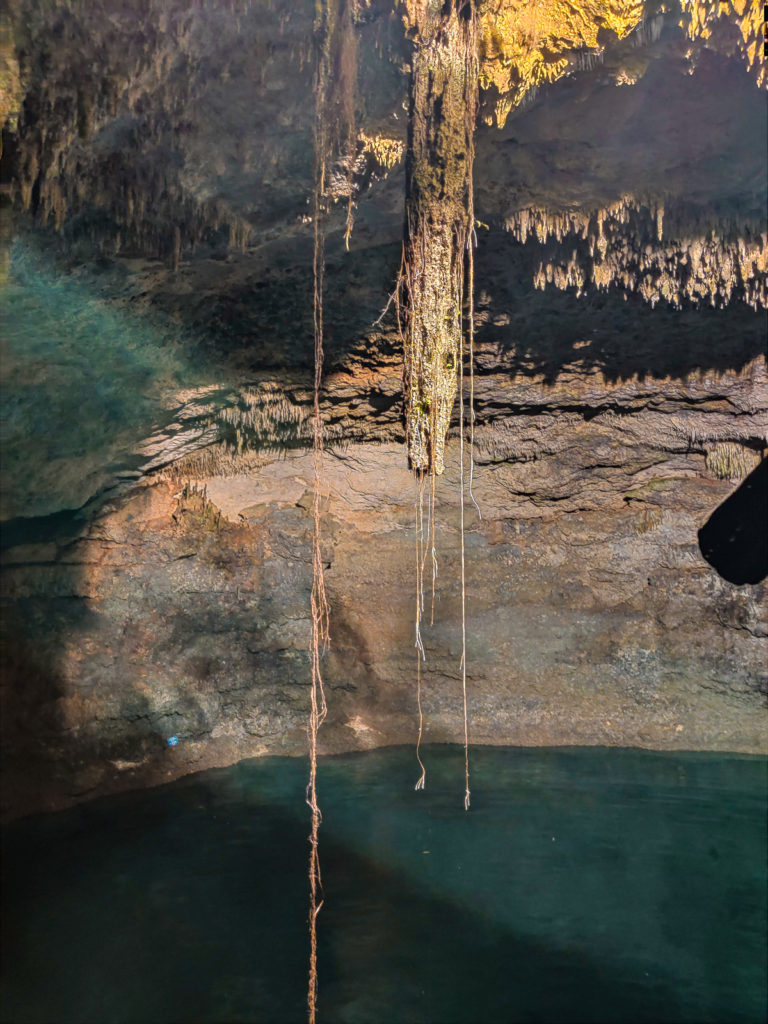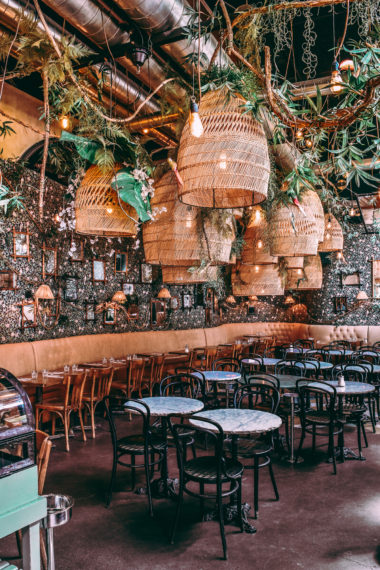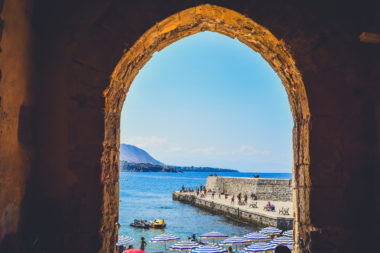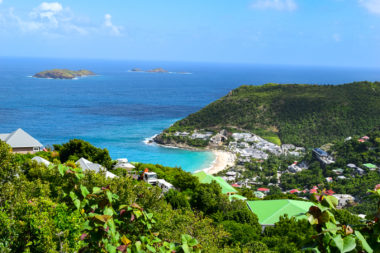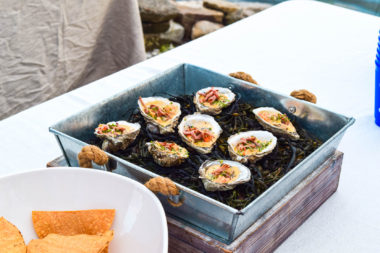Before you run off and make a list of your favorite cenotes to visit, it’s important to know how these miracles of nature came to be, how they are tied to the dinosaur extinction (say what?!) and what they were used for by the Mayans.
Before Yucatán Peninsula was a piece of land, millions of years ago it used to be a gigantic underwater reef. When the water retreated and the land was exposed, cenotes came to be. One of the biggest tourist attractions on the Yucatán Peninsula and in Riviera Maya are cenotes. There are so many of them, that it’s hard to find one and feel like it’s been ruined by tourism (especially if you go to the right ones where only the locals go — hint, hint: Cenote Tankach-Ha). Before you run off and make a list of your favorite cenotes to visit, let’s learn a few basic facts about cenotes so that you can showoff to your friend how knowledgeable you are about these miracles of nature.
What is a Cenote?
Cenotes are underground caves that have now caved in to form a sinkhole. Small fractures in the limestone slab that is the Yucatan Peninsula allow for rainwater to break through the surface and fill these caves, forming an underground river system. There are 4 different types of cenotes: open-aired, semi-open, closed and deep open. Pictured below is a rare open-aired cenote on Tulum beach road’s jungle side now turned into a bar called Bula Tulum.
How many different types of Cenotes are there?
There are 4 different types of cenotes:
How many cenotes are there on the Yucatan Peninsula?
Too many to count…It’s impossible to know the exact amount. But with 2,200 discovered and registered, we can assume there are about 7,000 in the Yucatan Peninsula and Riviera Maya alone. Making this area the highest concentration of Cenotes in the world. 900 of these cenotes are considered to be a part of the ‘Ring of Cenotes’ located near the city of Merida. That we know of, the Sistema Sac Actun, located in Rivieria Maya, is the world’s longest underground cave system. It’s about 350km long (217 miles) and connected to about 226 cenotes. Divers have studied this cave system extensively, but still haven’t seen it all. 12,900 year old human remains have been found within this cave system…could you imagine?! That’s as far back as the Ice Age.
The Ring of…what?
The Ring of Cenotes has a creepy origin story and is now considered a UNESCO World Heritage Site. The town of Chicxulub Puerto in Mexico is living above a crater that is said to be where the asteroid that sent dinosaurs into extinction smashed into the Earth. There is a near perfect ring about 200km across within the Yucatan Peninsula surrounding this crater. Cenotes dot this perfect circle, known as The Ring of Cenotes.
Why were cenotes important to the Mayans?
This is quite self-explanatory. The main reason is that since it’s rain water being collected, it was their primary water source. The other reason is of course more mystical and less self-explanatory. The Mayans believed the cenotes were the entrance to Xibalba, or the underworld where Mayan gods would visit. Archaeologists have found some jade, pottery, gold, and even human remains sacrificed to the gods in the cenotes (kind of creepy to think you’re swimming in these…feels like bad juju!). That’s why a lot of villages were built close by or on top of Cenotes because of their sacred properties.
Is it safe to swim in a Cenote?
Cenotes are perfectly safe to swim in. There are a couple of fish that are native to the cenote environment, but that’s really it. The exception is made for one cenote, Cenote Manatí or Casa Cenote, where a crocodile named Panchito is known to hangout. He swims with tourists apparently, but I would avoid it if possible!
>> Next: Visit Coba Ruins near Tulum: Know Before You Go
Follow SVADORE on:
